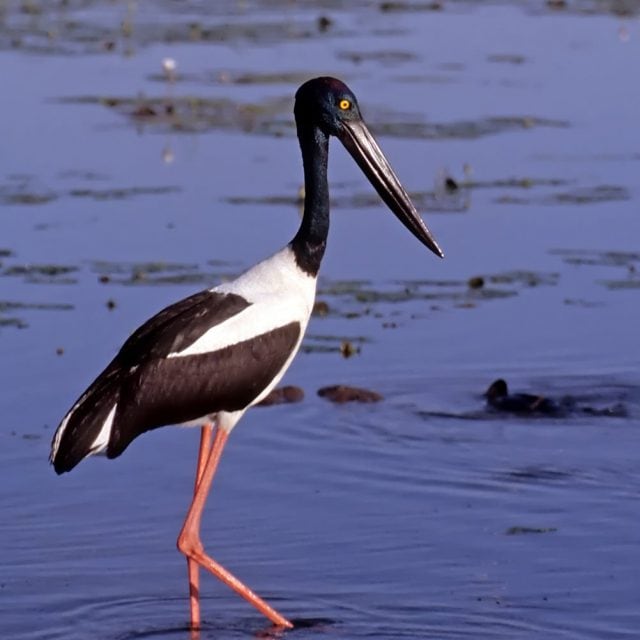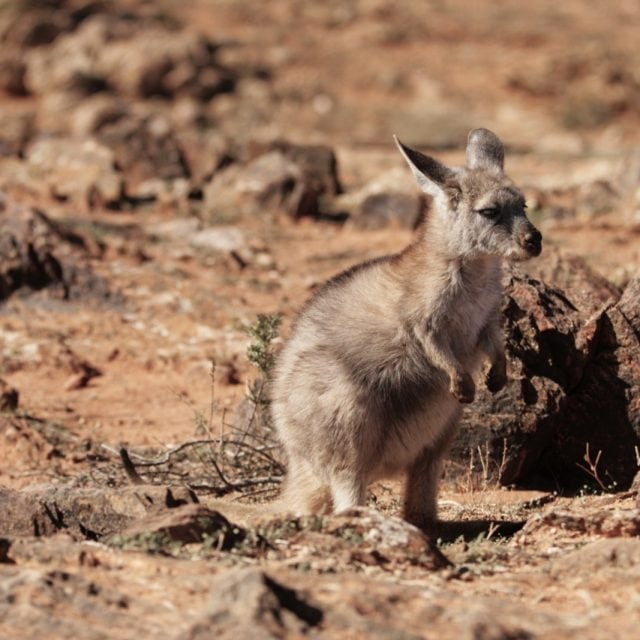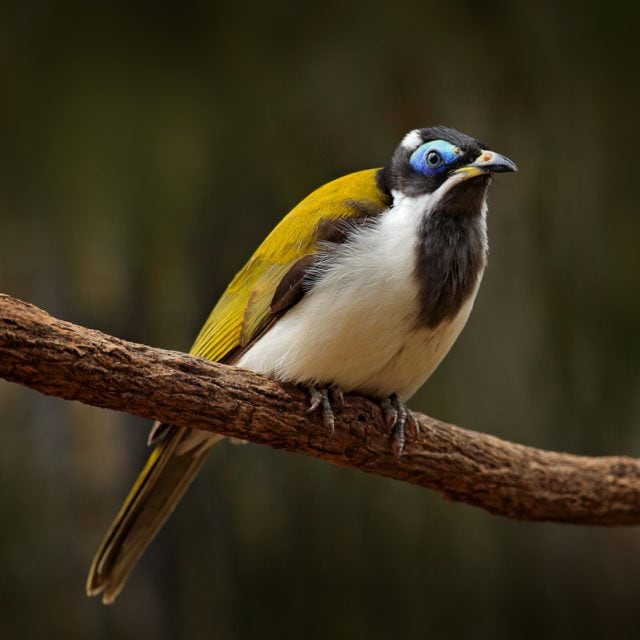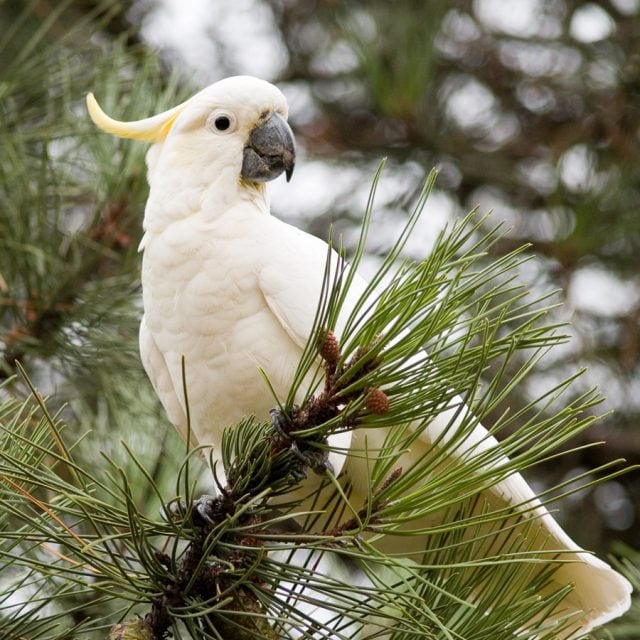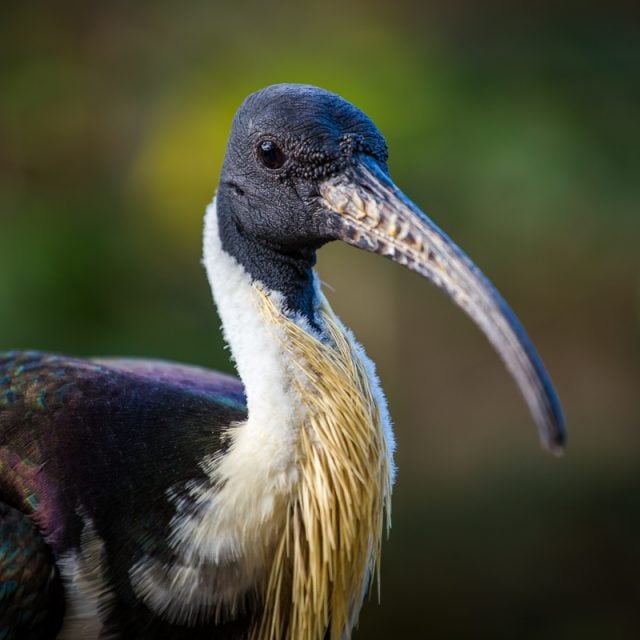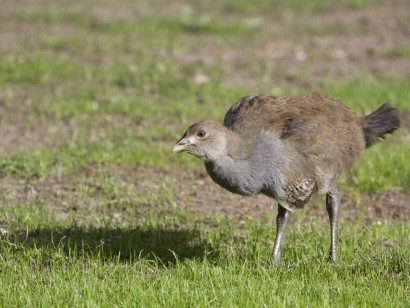Tropical Australia
Highlights
Highlights
- Many brilliantly coloured and exotic birds, marvelously exotic
- Experience several exciting birding hotspots, including marvelous Kakadu National Park
- Internationally renowned Aboriginal art sites
- Superb country of excellent infrastructure and hospitable people
Map
Map
Overview
Tour Overview
Tropical Australia around Darwin is humid, lush and green with wonderfully rich and colorful birdlife, and we visit several renowned birding hotspots to sample marvelous wildlife. Knuckey’s Lagoon, Fogg Dam, Litchfield National Park and especially spectacular Kakadu National Park are havens for huge numbers of birds and diverse birding highlights including several endemics, plus internationally renowned Aboriginal art sites. Pine Creek hosts several rare species, especially raptors including the almost mythical Gray Falcon. A special tropical Australia birding tour to special places!
Dates & Prices
DATES & PRICES
What's Included
What's Included
Tour Price Includes
- Price includes 10% Australian GST
- All accommodations
- All meals
- Ground transportation
- One guide and vehicle with 4 - 8 participants, two guides and vehicles with 9 - 12 participants
Tour Price Does Not Include
- Travel to and from start/end location
- Travel Insurance
- Items of a personal nature
Itinerary
Day 1 – Arrival in Darwin
Our tropical Australia birding tour starts in the evening in our hotel in the northern city of Darwin for a welcome dinner. Night in Darwin.
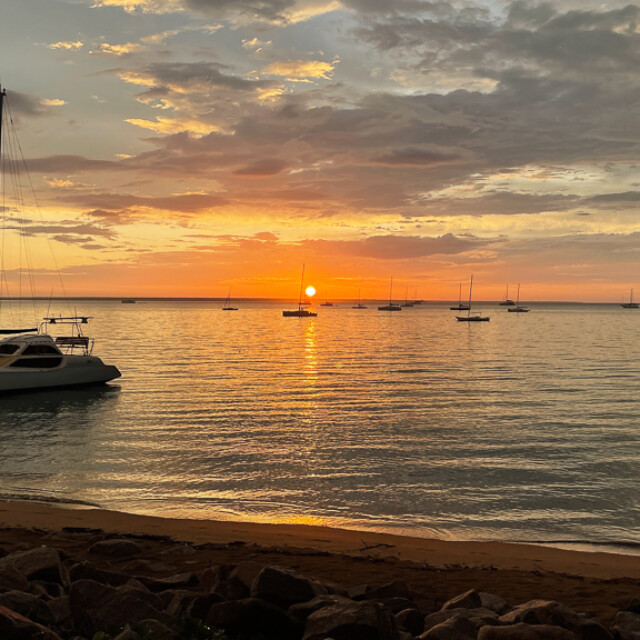
Day 2 - Darwin
We spend the day visiting Holmes Jungle, East Point, Lee Point and Buffalo Creek. Birds likely to be seen include Arafura and Northern Fantails, White-gaped Honeyeater, Forest Kingfisher, Silver-crowned Friarbird and Restless Flycatcher, with another chance at the splendid Rainbow Pitta.
In the mangroves at Buffalo Creek we encounter another suite of birds which includes Red-headed Honeyeater, Green-backed Gerygone, Lemon-bellied Flycatcher, Grey Whistler and Red winged Parrot. The rarely seen Chestnut Rail and Large-tailed Nightjar frequent the area at dusk. We will also visit the Botanical Gardens to look for Rufous and Barking Owls. Night in Darwin.
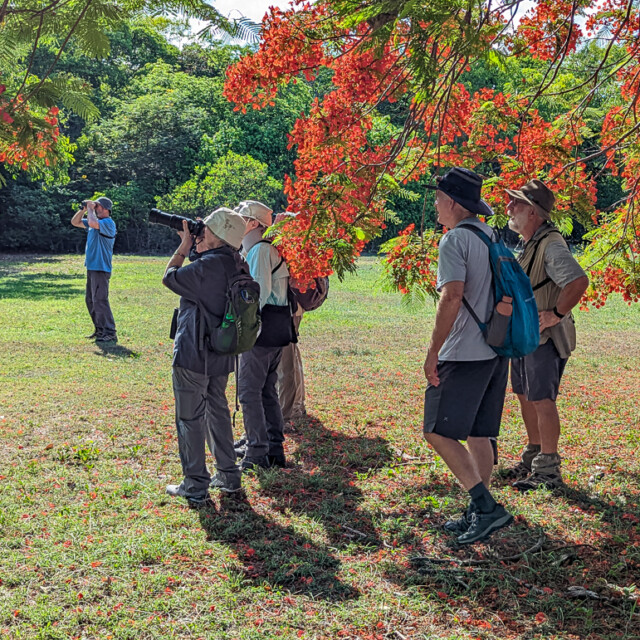
Day 3 - Fogg Dam and Kakadu National Park
After breakfast we drive to the Fogg Dam Conservation Reserve is one of several parks in the lower Adelaide River catchment that provide havens for wildlife, especially its spectacular diversity of water birds including Comb-crested Jacanas, Black-necked Stork, Straw-necked and Glossy Ibis, Pied Heron, Plumed and Wandering Whistling Ducks, Whiskered and Caspian Terns and Brahminy Kite.
Saltwater and Freshwater Crocodiles are also found here. We walk the boardwalk at the edge of the lake looking for Little Kingfisher, Rose-crowned Fruit-Dove, Shining Flycatcher, Little Bronze-Cuckoo, Rufous-banded Honeyeater and Broad-billed Flycatcher.
We travel the Arnhem Highway, making a stop at a small waterhole for Crimson, Long-tailed and Double-barred Finches. A further stop at Adelaide River should produce Mangrove Golden Whistler and along the route Black-faced Woodswallow, Marsh and Spotted Harriers, Black-shouldered Kite, Nankeen Kestrel, Black-breasted Buzzard, Red-backed Kingfisher and Zitting Cisticola are among the possible species.
We arrive at Kakadu National Park in the afternoon. Kakadu, located 240 km east of Darwin, is Australia’s largest terrestrial national park. Kakadu covers almost 20,000 square kilometres and is a place of high ecological and biological diversity. It extends from the coast and estuaries in the north for 200 km south, and 100 km east to west, through floodplains, billabongs and lowlands to rocky ridges and stone country. Kakadu is home to a range of rare and endemic plants and animals, including more than one-third of Australia's bird species and one-quarter of its freshwater and estuarine fish species.
The first planned stop in World Heritage listed Kakadu National Park is Mamukala Wetlands where the numbers of water birds can be spectacular and we pay particular attention to species not seen at earlier sites. We will visit the Bowali Visitors Centre before going in to the town of Jabiru to check in to our accommodation which for the next three nights is Lakeside Caravan Park, owned by the local Aboriginal people. We will schedule an optional evening outing to look for Barking Owls.

Day 4 - Kakadu National Park
A dawn cruise on the famous Yellow Waters Billabong is the perfect start to the day. The early flights of the waterbirds are a great spectacle and this is an opportunity to get close to, and photograph, huge numbers of birds. Large Saltwater Crocodiles are also a feature of this cruise. White-bellied Sea-Eagles have territories along the billabong, large numbers of Nankeen Night-Herons roam the banks and Bar-breasted and Banded Honeyeaters live in the riverside vegetation.
The agenda today is dependent on what roads are open but will include internationally renowned Aboriginal art sites at Nourlangie Rock. Birding highlights could include the endemic Banded Fruit-Dove, White-lined Honeyeater and as well as Partridge Pigeon, Little Corella, Northern Rosella, Little Woodswallow and Sandstone Shrike-thrush.

Day 5 – Kakadu National Park
An early morning start at Nourlangie Rock and Angbangbang Billabong to provide a good chance of seeing the endemics and other species. After a break in the middle of the day we travel north to the Bardedjilidji walk and the art sites at Ubirr. Sunset at Ubbir is a Kakadu tradition and a great way to finish the day. Birding highlights include Red-tailed Black Cockatoos, several finches, Paperbark Flycatcher, White-winged Triller and many more.
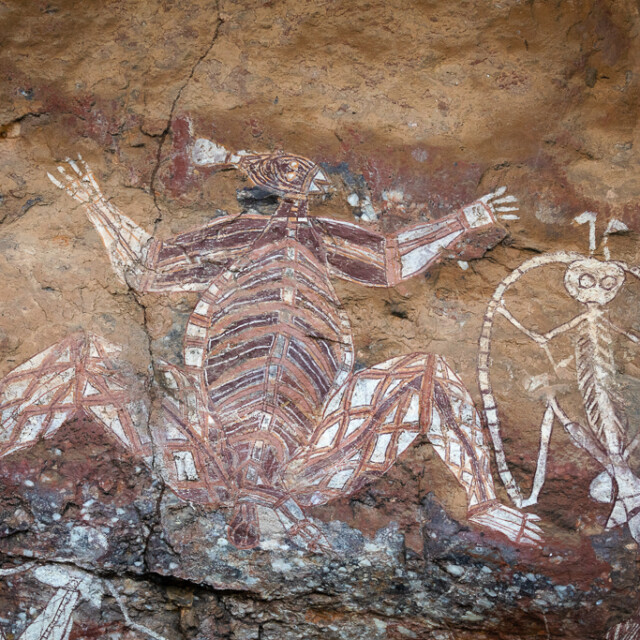
Day 6 - Kakadu and Pine Creek
Travelling south through Kakadu towards Pine Creek provides the opportunity to look for two of Australia’s rarest raptors, the Grey Falcon, which has almost mythical status because it is so elusive, and the Red Goshawk. Brown Goshawk, Australian Hobby, Whistling Kite, Collared Sparrowhawk and Black and Brown Falcons are also found in this area. Masked Finch, Weebill, Black-tailed Treecreeper, Brown Quail, Brush and Black-eared Cuckoos and Variegated Fairy-wren are all possible at random roadside stops and at Bukbukluk.
If road conditions are suitable a side trip to Gunlom Falls will provide an opportunity to see species that may have been missed elsewhere. The rough escarpment country above the falls is renowned as the best location to see the locally endemic White-throated Grasswrens but fires in the area recently have made this more difficult.
The little town of Pine Creek where we stay the next two nights is a good location for Varied Lorikeet, Cockatiel, Sulphur-crested Cockatoo, Red-collared Lorikeet, Diamond Dove, Striated Pardalote, Magpie Lark, Crested Pigeon, Black-chinned, Blue-faced and White-throated Honeyeater, Crested Shrike-tit, Owlet Nightjar and sometimes Gouldian Finches.
The nearby sewage treatment plant is home to Black-fronted Plover, Black-winged Stilt and Grey Teal whilst Chestnut-backed Button-Quail have been seen at the nearby cemetery. Night in Pine Creek.
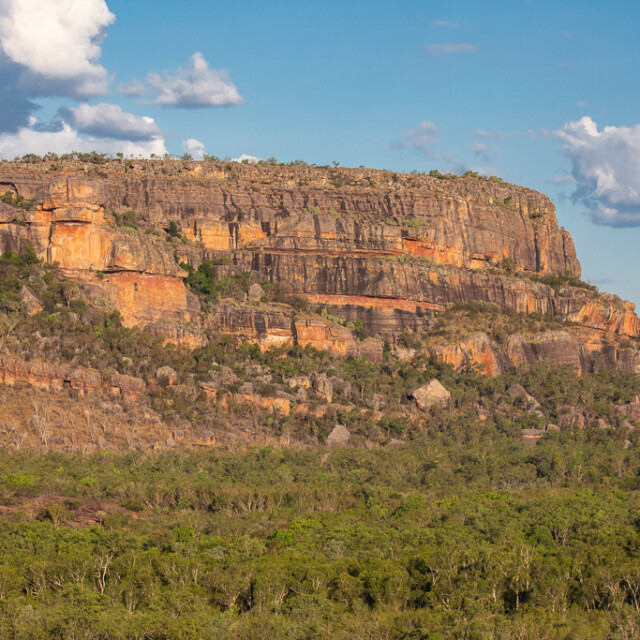
Day 7 - Pine Creek
A very early start will be necessary today to go to the Edith Falls area to be ready for dawn at a location where beautiful Gouldian Finches and many other species come for a morning drink. Hooded Parrots, Cockatiels, Rufous Whistlers, Black-tailed Treecreepers and other finches are regular visitors to the waterhole. We will spend the rest of the day at Ferguson River, Copperfield Dam, the water park, the cemetery and other locations nearby looking for species we haven’t yet seen.

Day 8 - Pine Creek, Litchfield National Park and Darwin
We go back to Darwin via Adelaide River to look for the Silver backed form of the Grey Butcherbird which is endemic to the Northern Territory and Litchfield National Park. Litchfield is the only location we might see Emus and it is home to spectacular magnetic termite mounds. If we have time back in Darwin we will visit locations where we may see species missed on our previous visit.
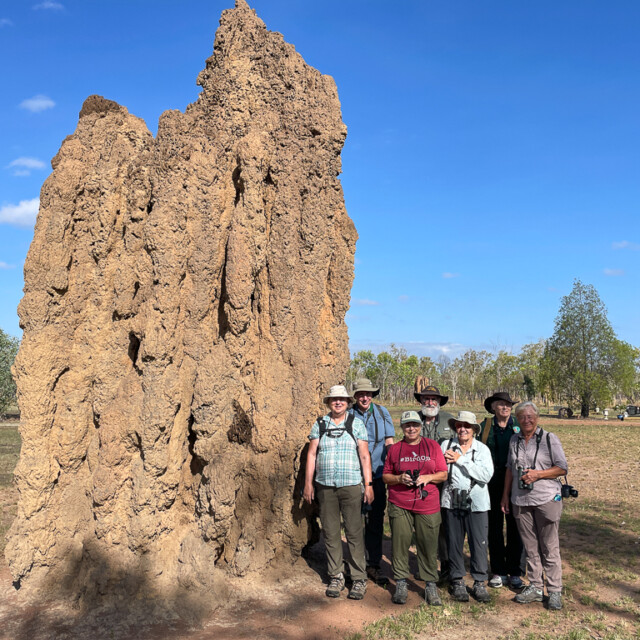
Day 9 - Darwin and Departure
Our tropical Australia birding tour ends in Darwin. Depending upon departure times, we may visit Knuckey’s Lagoon and Howard Springs Nature Reserve. Possible species include the endemic Rainbow Pitta, Australian Pratincole, Eastern Yellow Wagtail, Wood Sandpiper, Green Pygmy Goose, Magpie Goose and a variety of other wetland species. Those continuing on to Eastern Australia birding tour will take a morning flight to Cairns.
What to Expect
What to Expect
Overview
The Tropical Australia tour is a moderately paced birding tour. You can expect early mornings and an afternoon break to avoid the hottest part of the day.
Food
We generally have breakfast at the hotel before we head out for the day. Sometimes we will have optional pre-breakfast walks. We often take a picnic lunch in the field, but will occasionally stop at a restaurant for lunch. Dinner is usually at the lodge or a nearby restaurant. Each evening after dinner we compile the day's checklist, review the day's activities, birds, mammals and other observations, and plan the next day's activities.
Accommodation
Generally we stay in standard hotels and motels in locations close to where we want to go birding.
Walking
This tour involves easy to moderate walking and hiking, as well as short forays away from the van. The longest walk is 3.5km (just over 2 miles) is at Burrungkuy, where we climb to the Kunwarddehwardde lookout to look for the White-lined honeyeaters, a sandstone endemic species. This involves some off-track walking on uneven ground, and stepping over fallen trees.
Driving
There is a mixed amount of driving on this tour, some days have short drives of 30 minutes and others up to 2.75 hours.
Climate
Climate of tropical Australia is hot, with high humidity, especially in the Darwin region. Overcast conditions are frequent with possible rain and high humidity in coastal areas. The sun can be intense, so sunscreen and a brimmed hat are advised. Wet weather protection is recommended with light waterproof pants and jacket ideal.
Boat Trips
We do a dawn cruise on the famous Yellow Waters Billabong located in the Kakadu National Park. This is a 1.5 - 2 hour long cruise. Breakfast will be served on the cruise. Make sure you have your camera ready to get amazing photos of this incredible landscape and the bountiful wildlife! Bring some water, a hat and sunscreen. Insect repellent is recommended. Dress comfortably. There is a toilet available on board.
Featured Wildlife
Featured Wildlife
While we cannot guarantee sightings of the birds or mammals listed below, we believe that encountering these species is quite likely during this tour.
- Rainbow Pitta
- Chestnut-quilled Rock-Pigeon
- Striated Pardalote
- Green Pygmy-Goose
- Northern Rosella
- Banded Fruit-Dove
- Black-necked Stork
- Straw-necked Ibis
- Comb-crested Jacana
- White-throated Grass-Wren
- Gouldian Finch
- Red-tailed Black Cockatoo
Past Tour Checklists
Past Tour Checklists
View the list of birds and other wildlife we encountered on our past tours.
- 2023 Tropical Australia species list (Nov 2- 10) (eBird)
- 2023 Tropical Australia species list (Oct 1 - 9) (pdf)
- 2022 Tropical Australia species list #3 (Nov 6-14) (eBird)
- 2022 Tropical Australia species list #2 (Oct 30 - Nov 7)(pdf)
- 2022 Tropical Australia species list #1 (Oct 2 - 10)(eBird)
- See More...
- 2019 Tropical Australia species list (pdf)
- 2018 Tropical Australia species list (pdf)
- 2017 Tropical Australia species list (pdf)
- 2016 Tropical Australia species list (pdf)
- 2011 Northern Territories tour species list (pdf)
Trip Reports & Inspiration
Trip Reports & Inspiration
Tropical Australia Trip Report 2023(Posted On October 17th, 2023)
Australia Tropical Trip Report (Nov 6 - 14, 2022)(Posted On January 10th, 2023)
Australia: Tropical Birding Trip Report 2022 (Oct 30 - Nov 7, 2022)(Posted On December 16th, 2022)
Tropical Australia: October 2-9, 2022 Trip Report(Posted On October 24th, 2022)






